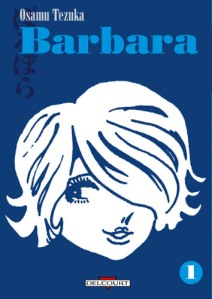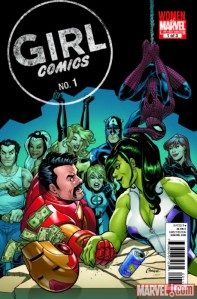In the new Publishers Weekly Comics Week, Kai-Ming Cha contributes a terrific piece on the new manga initiative from Fantagraphics. My favorite paragraph:
“‘There is a vast mount of [manga] material out there for intelligent adults,’ Thorn said, ‘and yes, I think there is a market. In fact, I think it will become a major market.’ Fantagraphics president and co-publisher, Gary Groth, is also unconcerned about catering to an established market. ‘Our publishing philosophy is, if we publish something good, and we market it well, it will find a readership.'”
By the way, PWCW might want to consider adding Twitter to the “Share” button under its articles. And they might want to shorten their URLs.
And, yes, I’m still linkstalking.





















